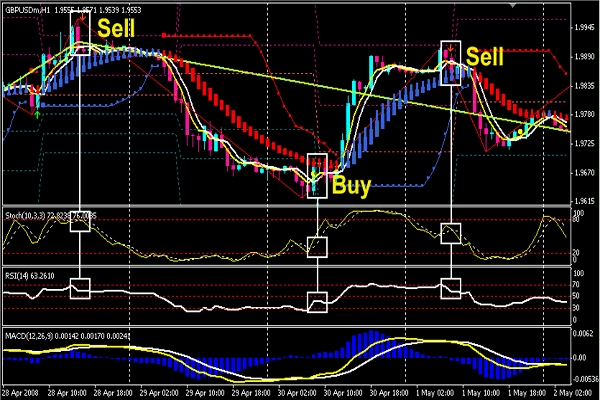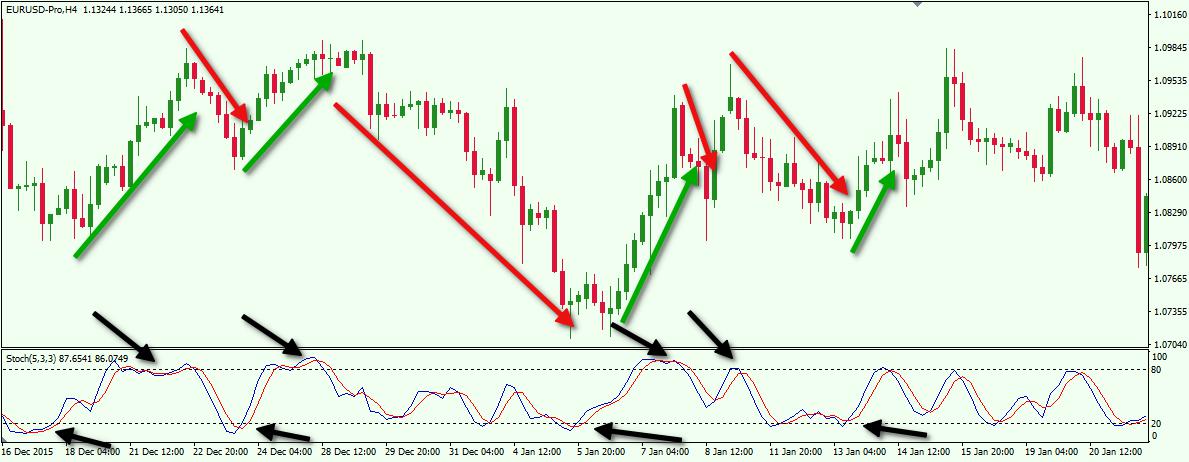Title: A to Z Forex Indicators: The Ultimate Guide to Cracking the FX Market

Image: www.forexsignals.com
Forecasting market trends is crucial for success in the fast-paced and demanding world of forex trading. Traders rely on numerous technical indicators to gain valuable insights into price movements and make informed trading decisions. This comprehensive guide delves deep into the A to Z of forex indicators, empowering you with the knowledge and understanding to navigate the complex world of currency trading.
From the widely used Moving Averages to the esoteric Bollinger Bands, this guide unlocks the secrets of these powerful tools. Each indicator is thoroughly explained, revealing its strengths, limitations, and practical applications. Real-world examples, historical data, and expert insights bring the concepts to life, enabling you to grasp the nuances of each indicator and its impact on trading strategies.
By mastering this encyclopedia of forex indicators, you gain an edge over other traders. You’ll be equipped to decipher market movements with greater accuracy, identify potential trading opportunities, and manage risk effectively. This guide is the ultimate resource for novice traders seeking a solid understanding of technical analysis and seasoned veterans looking to refine their trading skills.
1. Moving Averages (MA)
Moving Averages (MA) are one of the most fundamental and widely used indicators in forex trading. They smooth out price fluctuations by calculating the average price over a specified period, providing a trend-following signal. Different types of Moving Averages exist, including the Simple Moving Average (SMA), Exponential Moving Average (EMA), and Smoothed Moving Average (SMMA).
2. Bollinger Bands
Bollinger Bands are a versatile indicator that combines the Moving Average with a measure of volatility. They consist of three lines: the Middle Bollinger Band (MBB), which represents the Moving Average, and the Upper and Lower Bollinger Bands, which represent the standard deviation from the Moving Average. Bollinger Bands help identify overbought and oversold conditions, potential breakouts, and trend reversals.

Image: forextraininggroup.com
3. Relative Strength Index (RSI)
The Relative Strength Index (RSI) measures the magnitude of recent price changes to gauge overbought or oversold conditions. It oscillates between 0 and 100, with readings above 70 indicating overboughtness and readings below 30 signaling oversoldness. Traders use the RSI to identify potential trend reversals and support and resistance levels.
4. Stochastic Oscillator
The Stochastic Oscillator measures the relationship between the closing price and the price range over a specified period, providing insights into overbought and oversold conditions. It consists of two lines: the %K line and the %D line. Traders use the Stochastic Oscillator to identify potential trend reversals, divergences, and momentum shifts.
5. Average True Range (ATR)
The Average True Range (ATR) measures the volatility of a currency pair, providing an indication of the market’s risk. It is calculated as the average of the true range, which is the greatest of the following: current high minus current low, absolute value of current high minus previous close, or absolute value of current low minus previous close. The ATR helps traders determine appropriate stop-loss levels and position size.
A To Z Forex Indicators
Conclusion
This comprehensive guide to forex indicators provides an invaluable resource for both novice and experienced traders. By gaining a deep understanding of these technical tools, you empower yourself to analyze market trends more effectively, identify potential trading opportunities, and manage risk with greater precision. Remember, mastering the A to Z of forex indicators is not a destination but a continuous journey of knowledge and refinement. The ever-evolving nature of the forex market demands a commitment to ongoing learning and adaptation. Embrace the challenge, immerse yourself in the world of technical analysis, and unlock the secrets to unlocking the full potential of forex trading.






